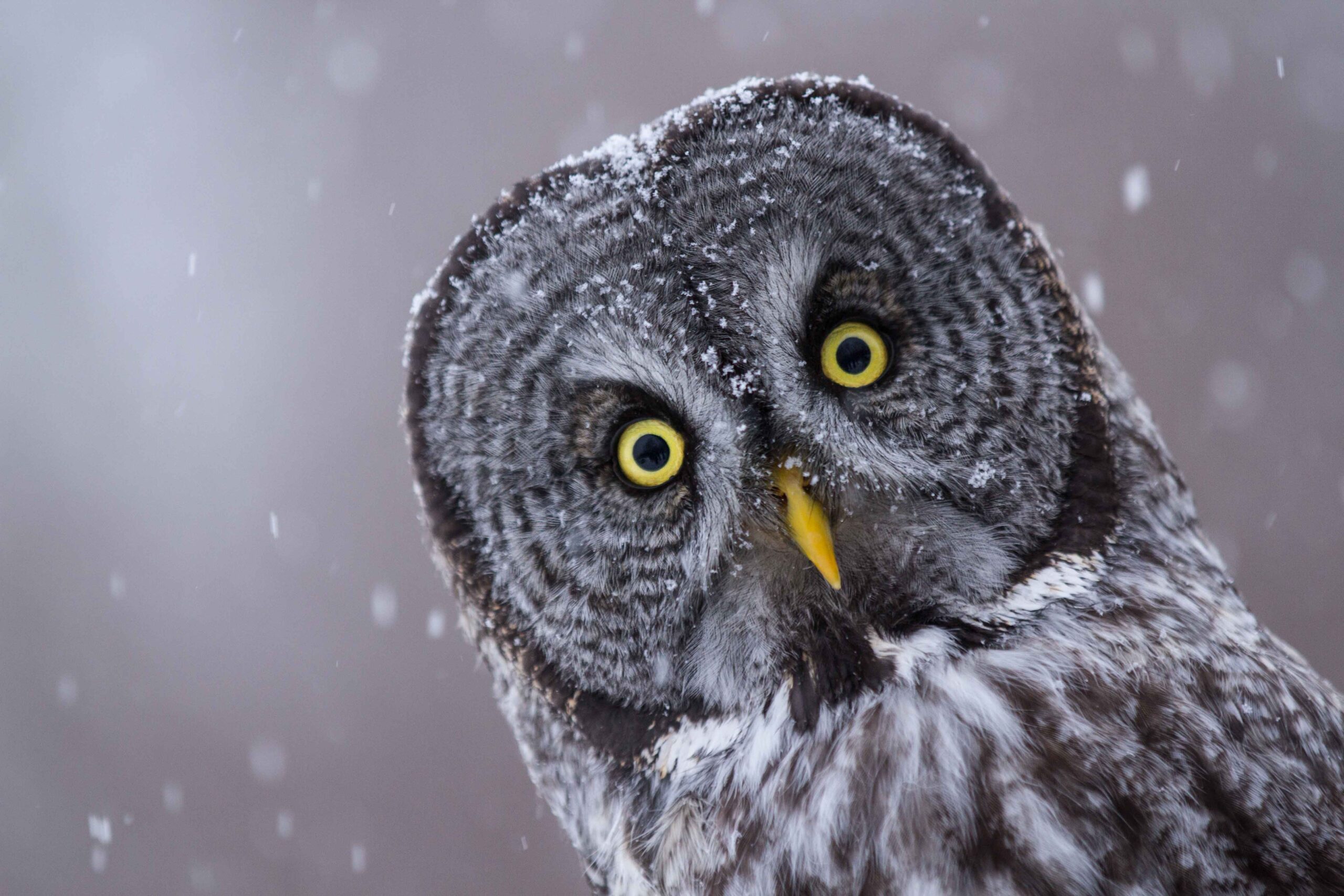Have you ever paused, listening to the twilight chorus of your suburban enclave, and wondered if a silent predator with piercing eyes was observing you from the shadows? The thought of an owl, a creature often relegated to the realm of ancient forests and remote wilderness, residing in your very own backyard might seem improbable. However, the truth is that these fascinating raptors are becoming increasingly adept at colonizing suburban landscapes. This guide aims to demystify the process of spotting these elusive avian hunters, transforming you from a mere observer into a keen participant in the nocturnal drama unfolding around you.
I. Deciphering the Nocturnal Symphony: Recognizing Owl Calls
The first step in your owl-spotting odyssey is familiarizing yourself with their vocalizations. Owls are masters of auditory deception, their calls ranging from the stereotypical “hoot” to eerie screeches and even high-pitched whistles. The Great Horned Owl, a common suburban resident, is known for its deep, resonant hoot, often transcribed as “hoo-h’HOO-hoo-hoo.” Barred Owls, another frequent visitor, emit a series of calls that sound remarkably like “Who cooks for you? Who cooks for you-all?” Paying attention to the subtle nuances of these calls, the rhythm, the pitch, the repetition, is crucial. Download audio recordings of local owl species and practice differentiating them. Remember that juvenile owls often produce begging calls, distinct from the adult vocalizations, often high pitched and insistent. Distinguishing between the hoot of a Great Horned Owl and the bark of a neighborhood dog can be a pivotal moment in your journey toward becoming an adept owl observer. Become familiar with the subtle regional variations in owl calls as well.
II. The Art of Diurnal Detection: Seeking Visual Clues
While owls are predominantly nocturnal, spotting them during the day is not entirely out of the question. The key is to learn to interpret the subtle signs they leave behind. Look for “whitewash,” the concentrated droppings of owls, often found at the base of roosting trees. These droppings are rich in uric acid, giving them a distinctive white appearance. Pellet analysis provides a window into the owl’s diet. Carefully dissecting a pellet can reveal the bones of rodents, birds, and insects, offering valuable insights into the local ecosystem. Look for potential roosting sites: dense foliage, tree cavities, or even abandoned buildings. Pay attention to the behavior of other birds. A mob of crows or jays actively scolding a particular area of a tree might indicate the presence of a sleeping owl. These sentinel species often act as an early warning system, alerting you to the presence of a feathered predator. Be mindful not to disturb the owl while it is resting. Observe from a respectful distance and avoid making loud noises.
III. Habitat Hacking: Optimizing Your Backyard for Owl Visitation
Transforming your backyard into an owl-friendly habitat can significantly increase your chances of spotting these enigmatic birds. Avoid using rodenticides, as these poisons can bioaccumulate in owls, leading to secondary poisoning. Encourage a healthy rodent population by providing natural cover, such as dense shrubs and unmowed areas. Install a nesting box specifically designed for owls. Choose a location that is secluded, protected from the elements, and easily accessible to the owls. Maintain a diverse ecosystem in your backyard, including a variety of trees, shrubs, and groundcover. This will attract a wider range of prey species, providing owls with a plentiful food supply. Reduce light pollution by minimizing the use of outdoor lighting. Owls are sensitive to light and prefer dark environments. Consider planting native trees and shrubs that provide natural perches for owls. A strategically placed branch can offer an owl the perfect vantage point for hunting. Remember, creating an owl-friendly habitat is not just about attracting owls; it’s about contributing to the overall health and biodiversity of your local ecosystem.
IV. Ethical Considerations: Respecting the Owl’s Domain
Owl spotting should always be conducted with the utmost respect for the birds and their environment. Avoid using artificial light sources to attract owls, as this can disrupt their natural behavior. Never approach an owl too closely, especially during nesting season. Keep a safe distance and observe from afar. Refrain from playing owl calls to attract them, as this can stress the birds and disrupt their hunting patterns. Be mindful of the impact of your presence on the surrounding ecosystem. Avoid trampling vegetation or disturbing wildlife. Educate others about the importance of owl conservation and responsible owl-spotting practices. Support local organizations that are working to protect owl habitats. Remember, the goal is to observe and appreciate these magnificent creatures without causing them harm or disruption. The owl’s domain is sacred; treat it as such.
V. Mastering the Art of Patience: The Key to Success
Owl spotting is not a sprint; it’s a marathon. Patience is the most valuable tool in your arsenal. Be prepared to spend hours observing your surroundings, listening for the faintest sounds, and scanning the shadows. Choose a comfortable location with a clear view of potential owl habitats. Dress warmly and bring a thermos of hot coffee or tea. Embrace the silence and solitude of the night. Let your senses become attuned to the rhythms of nature. Don’t be discouraged if you don’t spot an owl on your first few attempts. Keep practicing your observation skills and refining your knowledge of owl behavior. Eventually, your patience will be rewarded. The moment you finally glimpse a silent, majestic owl perched on a branch will be an unforgettable experience. It’s a testament to the power of observation, patience, and a deep appreciation for the natural world. So, arm yourself with knowledge, embrace the darkness, and embark on your own suburban owl-spotting adventure. You might be surprised by what you discover lurking in the shadows of your own backyard.
